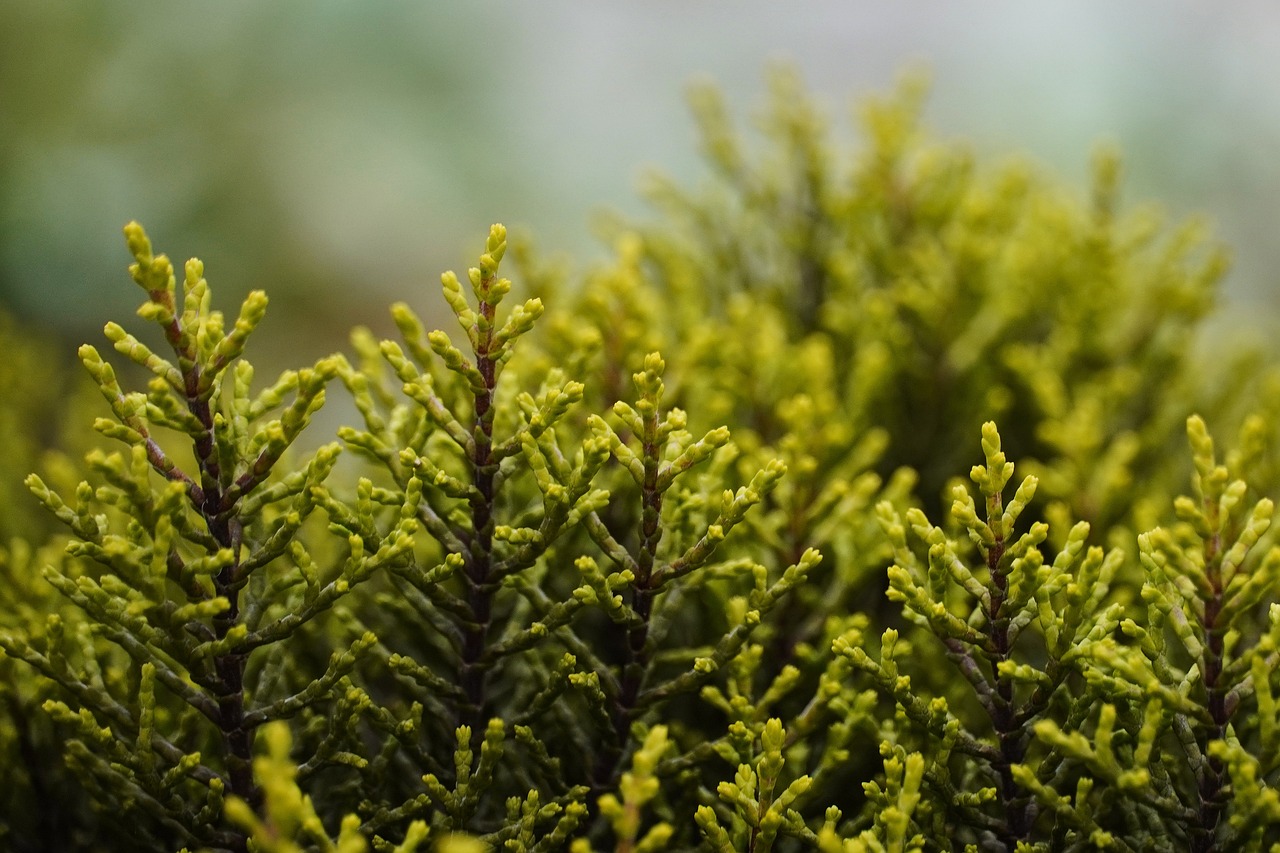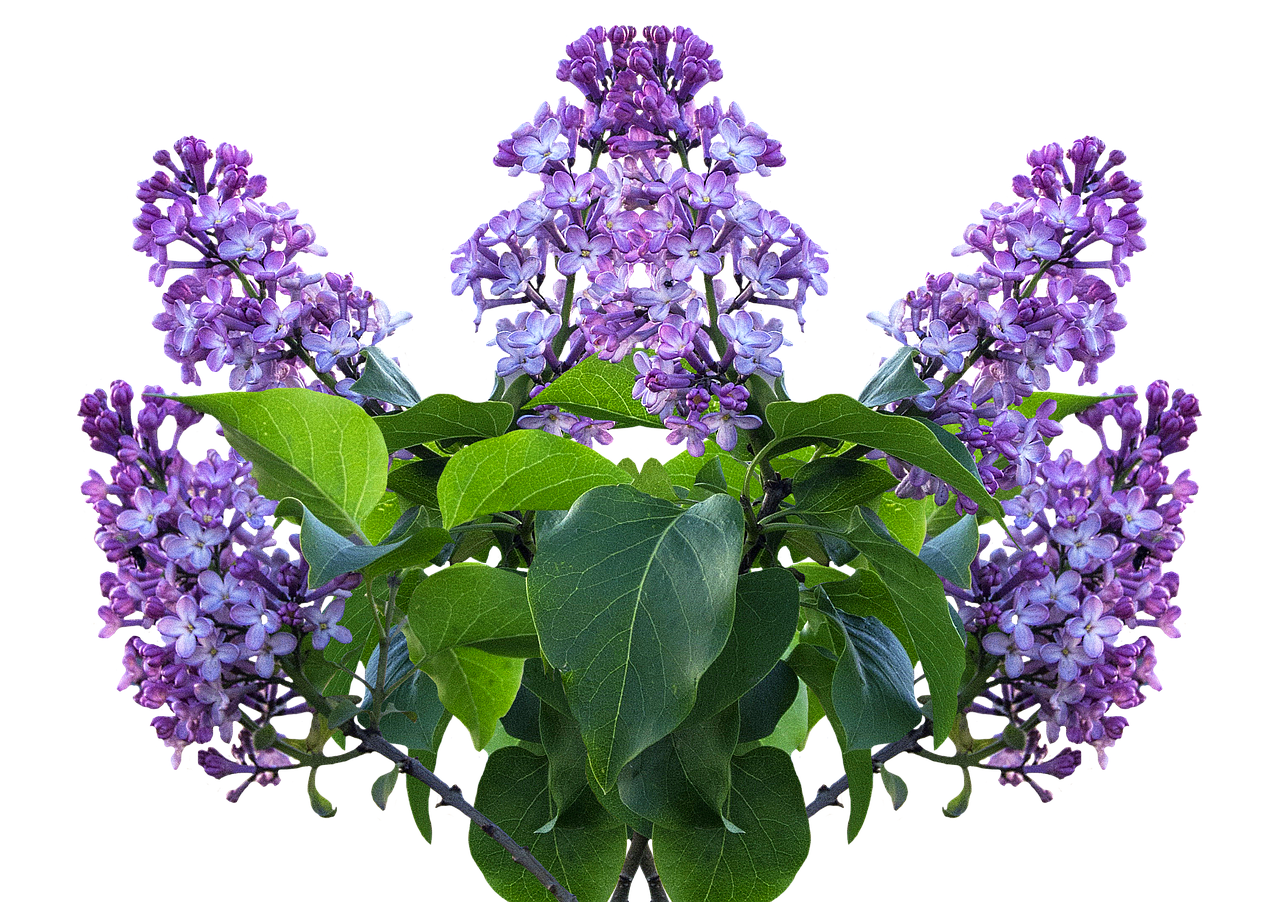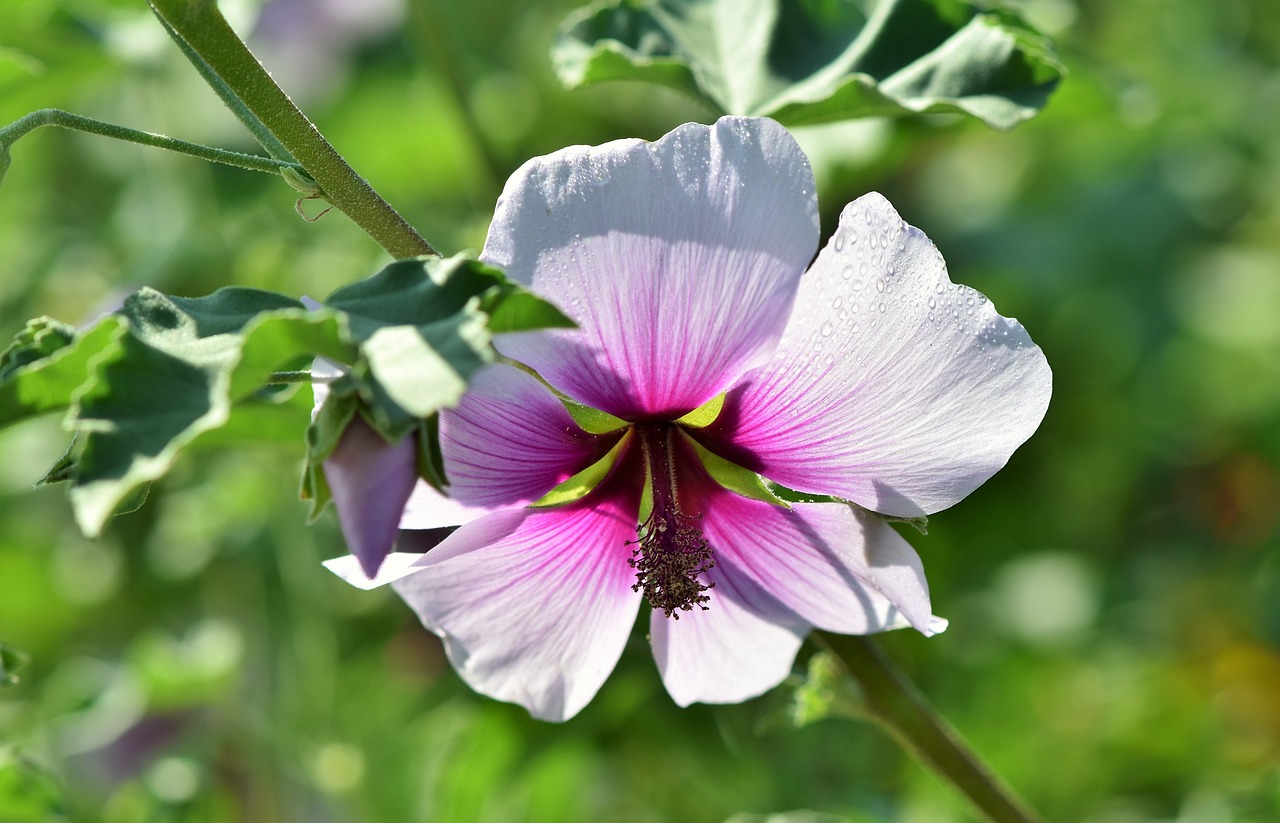Purple berries add a touch of elegance and color to any garden or landscape. They not only enhance the aesthetic appeal but also attract wildlife. Incorporating shrubs and trees with purple berries can transform your outdoor space into a vibrant haven.
Many gardeners seek plants that provide visual interest throughout the seasons. Purple berries offer a unique way to achieve this. These berries come in various shapes and sizes, making them suitable for different garden styles and preferences. Whether you are looking for low-maintenance options or eye-catching specimens, there is a wide variety of shrubs and trees that fit the bill.

In addition to their beauty, purple berries also serve practical purposes. They can attract birds and pollinators, making your garden a lively ecosystem. Furthermore, some species produce edible berries that can be harvested for culinary uses. Below is a table showcasing some popular shrubs and trees that bear purple berries:
| Common Name | Scientific Name | Type | Berry Characteristics |
|---|---|---|---|
| Elderberry | Sambucus canadensis | Shrub | Small, dark purple berries; edible when cooked |
| Chokeberry | Aronia arbutifolia | Shrub | Glossy, dark purple berries; high in antioxidants |
| Blackcurrant | Ribes nigrum | Shrub | Small, round, dark purple berries; popular for jams |
| Pawpaw | Asimina triloba | Tree | Large, purple fruits; creamy texture and sweet flavor |
| Wild Blueberry | Vaccinium angustifolium | Shrub | Small, round, blue-purple berries; deliciously sweet |
Popular Shrubs with Purple Berries
Shrubs are often the backbone of a garden. They provide structure, color, and texture. Several shrubs produce beautiful purple berries that can enhance your landscape. One notable example is the elderberry. This shrub is known for its clusters of small, dark purple berries that are not only visually appealing but also nutritious.
The chokeberry is another excellent choice. Its glossy dark purple berries are packed with antioxidants and can be used to make jams and jellies. Chokeberry shrubs can grow in various conditions, making them versatile additions to any garden.
The blackcurrant shrub also deserves mention. It produces small, round, dark purple berries that are often used in cooking and baking. These berries are rich in vitamin C and can be harvested in late summer.
Trees with Purple Berries
When it comes to trees, the pawpaw stands out with its large, sweet purple fruits. This tree not only produces edible berries but also has lush foliage that provides shade in the summer months. The pawpaw is native to North America and is often found in woodland areas.
Another tree option is the serviceberry, which produces small purple fruits that resemble blueberries. These trees are often used for their ornamental value as well as their tasty berries. Serviceberries can be eaten fresh or used in various recipes.
Incorporating shrubs and trees with purple berries into your landscape can create a visually stunning space while providing ecological benefits. These plants are not only beautiful but also functional, making them a worthwhile investment for any gardener.
Benefits of Growing Shrubs and Trees with Purple Berries

Choosing to grow shrubs and trees with purple berries offers numerous advantages beyond their aesthetic appeal. These plants contribute positively to the environment, support wildlife, and can even provide food for human consumption.
Ecological Contributions
Purple berry-producing plants play a crucial role in local ecosystems. They provide food and shelter for various wildlife species. Birds, in particular, are attracted to these berries, making them valuable for biodiversity in your garden. Here are some ecological benefits:
- Wildlife Habitat: Shrubs and trees create habitats for birds, insects, and small mammals.
- Pollinator Attraction: Many plants with purple berries have flowers that attract bees and butterflies, aiding in pollination.
- Soil Health: Their roots help prevent soil erosion and promote healthy soil structure.
Culinary Uses
Many shrubs and trees produce berries that are not only beautiful but also edible. Incorporating these plants into your garden allows you to enjoy fresh berries right from your backyard. Some popular edible purple berries include:
- Elderberries: Used in syrups, jams, and wines; known for their health benefits.
- Blackcurrants: Rich in vitamins, often used in juices, desserts, and sauces.
- Pawpaw fruits: Sweet and creamy; can be eaten raw or used in smoothies and desserts.
Caring for Purple Berry-Producing Plants

Proper care is essential for ensuring that your shrubs and trees thrive. While many of these plants are relatively low-maintenance, they do have specific needs that should be met for optimal growth.
Soil Requirements
Soil quality plays a significant role in the health of berry-producing plants. Most prefer well-drained soil rich in organic matter. Here are some tips for soil preparation:
- Testing Soil: Conduct a soil test to determine pH and nutrient levels.
- Amending Soil: Add compost or well-rotted manure to improve soil structure and fertility.
- Drainage: Ensure proper drainage to prevent root rot; raised beds may help in poorly draining areas.
Watering Practices
Watering is crucial, especially during the establishment phase. Here are some best practices:
- Consistent Moisture: Keep the soil consistently moist but not waterlogged.
- Deep Watering: Water deeply to encourage deep root growth.
- Mulching: Apply mulch around the base of plants to retain moisture and suppress weeds.
Pest and Disease Management
Like any garden plants, those with purple berries can be susceptible to pests and diseases. Being proactive in managing these issues can help ensure healthy plants.
- Regular Inspection: Check plants regularly for signs of pests or disease.
- Natural Controls: Encourage beneficial insects like ladybugs that prey on aphids.
- Pesticide Use: If necessary, use organic pesticides that are safe for edible plants.
By understanding the benefits of these plants and how to care for them, gardeners can successfully incorporate shrubs and trees with purple berries into their landscapes. This not only enhances beauty but also promotes a thriving ecosystem.

Designing Your Landscape with Purple Berry Plants
Integrating shrubs and trees with purple berries into your landscape design can elevate the visual appeal and create a more inviting environment. These plants can serve as focal points, borders, or even windbreaks in your garden. Understanding how to effectively position and combine these plants with other elements will enhance your outdoor space.
Choosing the Right Location
Location is crucial when planting purple berry shrubs and trees. Consider the following factors to ensure optimal growth:
- Sunlight: Most purple berry plants thrive in full sun to partial shade. Assess how much sunlight your chosen location receives throughout the day.
- Space: Ensure there is enough room for the mature size of the plant. Check the recommended spacing for each species to avoid overcrowding.
- Accessibility: Place berry-producing plants where you can easily access them for harvesting.
Creating Visual Interest
To create a visually appealing landscape, consider the height, texture, and color of different plants. Here are some tips for combining purple berry plants with other flora:
- Layering: Use taller trees as a backdrop and shorter shrubs in front. This stratification adds depth and dimension to your garden.
- Color Combinations: Pair purple berries with contrasting colors, such as yellow or white flowering plants, to create vibrant displays.
- Seasonal Interest: Select plants that provide visual interest across different seasons. For example, some shrubs may have beautiful fall foliage in addition to summer berries.
Edible Landscaping: A Functional Approach
Incorporating purple berry plants into your landscape design can also serve a functional purpose. An edible landscape not only beautifies your property but also provides fresh produce. Here are ways to implement this concept:
Mixing Edible and Ornamental Plants
Combining ornamental and edible plants can yield a beautiful and productive garden. Consider these combinations:
- Berry Shrubs with Ornamental Grasses: The texture of grasses complements the berries’ vibrant colors.
- Flowering Herbs: Plant herbs like lavender or basil near berry shrubs for added fragrance and culinary uses.
- Fruit Trees with Colorful Understory: Plant colorful perennials or annuals around fruit trees to enhance visual appeal while benefiting pollinators.
Utilizing Vertical Space
If space is limited, consider vertical gardening techniques. Climbing plants can be integrated with shrubs and trees to maximize your growing area. Here are suggestions:
- Trellises: Install trellises near purple berry shrubs to support climbing plants like grapes or kiwis.
- Wall Planters: Use wall planters to grow herbs or smaller fruits that complement the larger berry-producing plants below.
Seasonal Maintenance Tasks
Caring for your purple berry plants involves various seasonal tasks to ensure healthy growth and productivity. Understanding these tasks will help you maintain your landscape effectively.
Spring Care
Spring marks the beginning of the growing season. Focus on the following tasks:
- Pruning: Trim dead or damaged branches to encourage new growth.
- Fertilizing: Apply a balanced fertilizer to support healthy foliage and berry production.
Summer Care
During the summer months, attention shifts to watering and pest management:
- Irrigation: Regularly check soil moisture levels, especially during dry spells.
- Pest Monitoring: Keep an eye out for common pests and take action if necessary.
Fall and Winter Preparation
As autumn arrives, prepare your garden for winter:
- Harvesting Berries: Gather ripe berries before the first frost to enjoy their flavors.
- Mulching: Apply mulch around plants to protect roots from freezing temperatures.
By thoughtfully designing your landscape and maintaining your purple berry plants, you can create a stunning outdoor environment that offers both beauty and utility.
Additional Considerations for Planting Purple Berry Shrubs and Trees
When planning to incorporate purple berry shrubs and trees into your landscape, it’s essential to consider a few additional factors that can influence their success. These considerations can help ensure that your plants flourish and provide the desired benefits.
Companion Planting
Companion planting involves growing different plants in proximity for mutual benefits. Many purple berry plants can thrive alongside specific companions that enhance growth, deter pests, or improve soil quality. Here are some suggestions:
- Herbs: Herbs like basil, oregano, and thyme can attract beneficial insects while repelling harmful pests.
- Leguminous Plants: Plants such as clover or peas can fix nitrogen in the soil, improving fertility for berry-producing plants.
- Flowering Plants: Adding flowers like marigolds can attract pollinators and beneficial insects to your garden.
Climate Considerations
The climate in which you live will significantly influence the types of purple berry shrubs and trees you can successfully grow. Understanding your local climate conditions is vital for selecting the right species. Here are some factors to keep in mind:
- Hardiness Zones: Consult a hardiness zone map to determine which plants are well-suited to your region.
- Temperature Fluctuations: Some plants may struggle with extreme temperatures; choose varieties that are resilient in your climate.
- Humidity Levels: Certain berry-producing plants may require specific humidity levels to thrive, so consider local weather patterns.
Final Thoughts
Incorporating shrubs and trees with purple berries into your garden not only enhances its visual appeal but also contributes to a more vibrant ecosystem. These plants offer a range of benefits, from attracting wildlife to providing delicious, edible fruits. By understanding their care requirements and how to design your landscape effectively, you can create a stunning outdoor space that thrives throughout the seasons.
As you embark on your journey of planting and nurturing these beautiful berry-producing plants, remember the importance of patience and observation. Each plant has its unique growing needs and characteristics. By observing how they respond to their environment, you can make informed decisions that lead to a flourishing garden.
The addition of purple berry shrubs and trees is a wonderful way to celebrate nature’s beauty while benefiting both your landscape and the local ecosystem. With careful planning and dedication, you can enjoy the regal color and delicious fruits these plants bring for many years to come.
